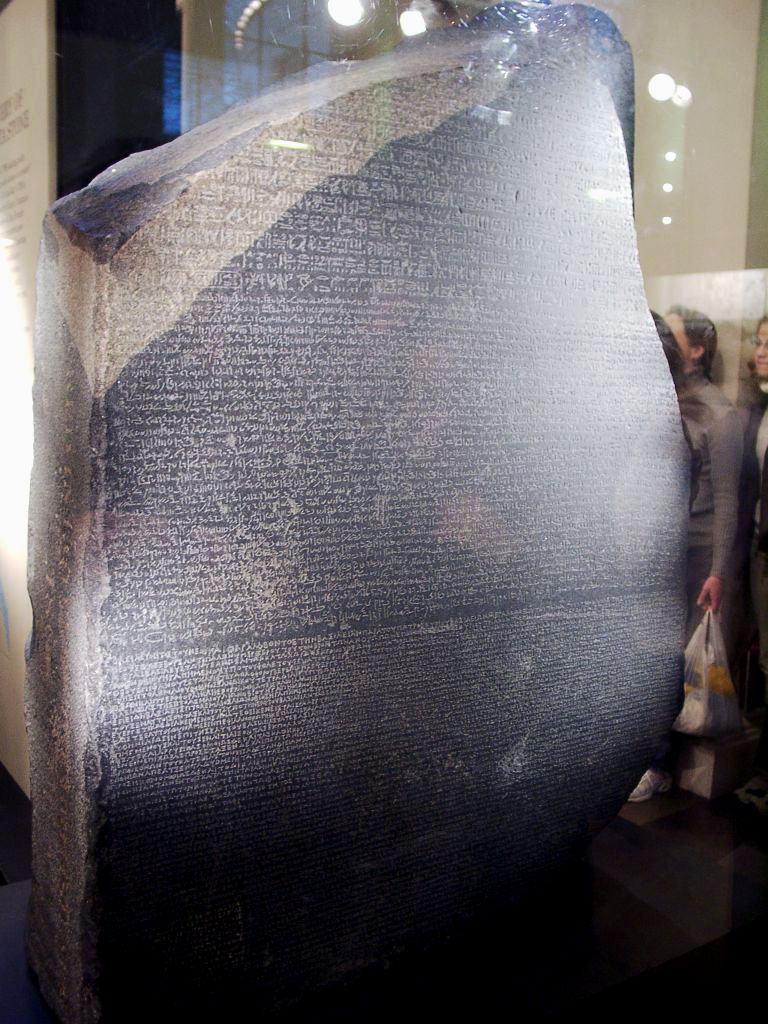|
Iphito
In Greek mythology, Iphito was an Amazon who served under Hippolyte. Her name is only known from inscriptions. References * Blok, Josine H. The early Amazons: modern and ancient perspectives on a persistent myth. BRILL, 1995page 218(with a reference to ''Lexicon Iconographicum Mythologiae Classicae The ''Lexicon Iconographicum Mythologiae Classicae'' (abbreviated ''LIMC'') is a multivolume encyclopedia cataloguing representations of mythology in the plastic arts of classical antiquity. Published serially from 1981 to 2009, it is the most ext ...'', "Amazones" entry, vol. 1, p. 653) Amazons (Greek mythology) {{Greek-myth-stub ... [...More Info...] [...Related Items...] OR: [Wikipedia] [Google] [Baidu] |
Greek Mythology
A major branch of classical mythology, Greek mythology is the body of myths originally told by the ancient Greeks, and a genre of Ancient Greek folklore. These stories concern the origin and nature of the world, the lives and activities of deities, heroes, and mythological creatures, and the origins and significance of the ancient Greeks' own cult and ritual practices. Modern scholars study the myths to shed light on the religious and political institutions of ancient Greece, and to better understand the nature of myth-making itself. The Greek myths were initially propagated in an oral-poetic tradition most likely by Minoan and Mycenaean singers starting in the 18th century BC; eventually the myths of the heroes of the Trojan War and its aftermath became part of the oral tradition of Homer's epic poems, the '' Iliad'' and the '' Odyssey''. Two poems by Homer's near contemporary Hesiod, the '' Theogony'' and the '' Works and Days'', contain accounts of the genes ... [...More Info...] [...Related Items...] OR: [Wikipedia] [Google] [Baidu] |
Amazons
In Greek mythology, the Amazons (Ancient Greek: Ἀμαζόνες ''Amazónes'', singular Ἀμαζών ''Amazōn'', via Latin ''Amāzon, -ŏnis'') are portrayed in a number of ancient epic poems and legends, such as the Labours of Hercules, the ''Argonautica'' and the '' Iliad''. They were a group of female warriors and hunters, who beat men in physical agility and strength, in archery, riding skills, and the arts of combat. Their society was closed for men and they only raised their daughters, either killing their sons or returning them to their fathers, with whom they would only socialize briefly in order to reproduce. Courageous and fiercely independent, the Amazons, commanded by their queen, regularly undertook extensive military expeditions into the far corners of the world, from Scythia to Thrace, Asia Minor and the Aegean Islands, reaching as far as Arabia and Egypt. Besides military raids, the Amazons are also associated with the foundation of temples and ... [...More Info...] [...Related Items...] OR: [Wikipedia] [Google] [Baidu] |
Hippolyte
In Classical Greek mythology, Hippolyta, or Hippolyte (; grc-gre, Ἱππολύτη ''Hippolytē'') was a daughter of Ares and Otrera, queen of the Amazons, and a sister of Antiope and Melanippe. She wore her father Ares' ''zoster'', the Greek word found in the Iliad and elsewhere meaning "war belt." Some traditional English translations have preferred the more feminine-sounding "girdle." Hippolyta figures prominently in the myths of both Heracles and Theseus. The myths about her are varied enough that they may therefore be about several different women. The name ''Hippolyta'' comes from Greek roots meaning "horse" and "let loose." Legends Ninth Labor of Heracles In the myth of Heracles, Hippolyta's belt (ζωστὴρ Ἱππολύτης) was the object of his ninth labour. He was sent to retrieve it for Admete, the daughter of King Eurystheus.Hyginus, ''Fabulae'', 30 Most versions of the myth indicate that Hippolyta was so impressed with Heracles that she gave him th ... [...More Info...] [...Related Items...] OR: [Wikipedia] [Google] [Baidu] |
Epigraphy
Epigraphy () is the study of inscriptions, or epigraphs, as writing; it is the science of identifying graphemes, clarifying their meanings, classifying their uses according to dates and cultural contexts, and drawing conclusions about the writing and the writers. Specifically excluded from epigraphy are the historical significance of an epigraph as a document and the artistic value of a literary composition. A person using the methods of epigraphy is called an ''epigrapher'' or ''epigraphist''. For example, the Behistun inscription is an official document of the Achaemenid Empire engraved on native rock at a location in Iran. Epigraphists are responsible for reconstructing, translating, and dating the trilingual inscription and finding any relevant circumstances. It is the work of historians, however, to determine and interpret the events recorded by the inscription as document. Often, epigraphy and history are competences practised by the same person. Epigraphy is a primar ... [...More Info...] [...Related Items...] OR: [Wikipedia] [Google] [Baidu] |
Josine Blok
Josine Henriëtte Blok (born 9 June 1953) is a Dutch classical scholar. She has been a professor of Ancient History and Classical Civilisation at Utrecht University since 2001 up until 2019. Blok was born in Oegstgeest. She attended the gymnasium and subsequently studied history at the University of Groningen between 1971 and 1978. In October 1991, she obtained her PhD at Leiden University under professor , with a thesis titled: "Amazones antianeirai. Interpretaties van de Amazonenmythe in het mythologisch onderzoek van de 19e en 20e eeuw en in archaïsch Griekenland". In 2001, Blok was appointed professor at Utrecht University. In 2003, Blok was awarded a Vici grant by the Netherlands Organisation for Scientific Research for research on citizenship in Classical Athens. She was elected a member of the Royal Netherlands Academy of Arts and Sciences The Royal Netherlands Academy of Arts and Sciences ( nl, Koninklijke Nederlandse Akademie van Wetenschappen, abbreviated: KNAW) i ... [...More Info...] [...Related Items...] OR: [Wikipedia] [Google] [Baidu] |
Lexicon Iconographicum Mythologiae Classicae
The ''Lexicon Iconographicum Mythologiae Classicae'' (abbreviated ''LIMC'') is a multivolume encyclopedia cataloguing representations of mythology in the plastic arts of classical antiquity. Published serially from 1981 to 2009, it is the most extensive resource of its kind, providing "full and detailed information." Entries are arranged alphabetically, with black-and-white illustrations indexed to their respective entries. The work was prepared by international scholars from nearly 40 countries who contributed in their language of choice, resulting in entries written variously in English, German, French, or Italian. LIMC also offers a multilingual online database that is updated independently of the print publication. ''LIMC'' has been called an "indispensable research instrument," "monumental," and "magnificent." In the United States The United States of America (U.S.A. or USA), commonly known as the United States (U.S. or US) or America, is a country primarily loca ... [...More Info...] [...Related Items...] OR: [Wikipedia] [Google] [Baidu] |




